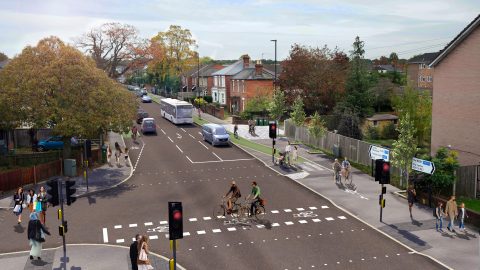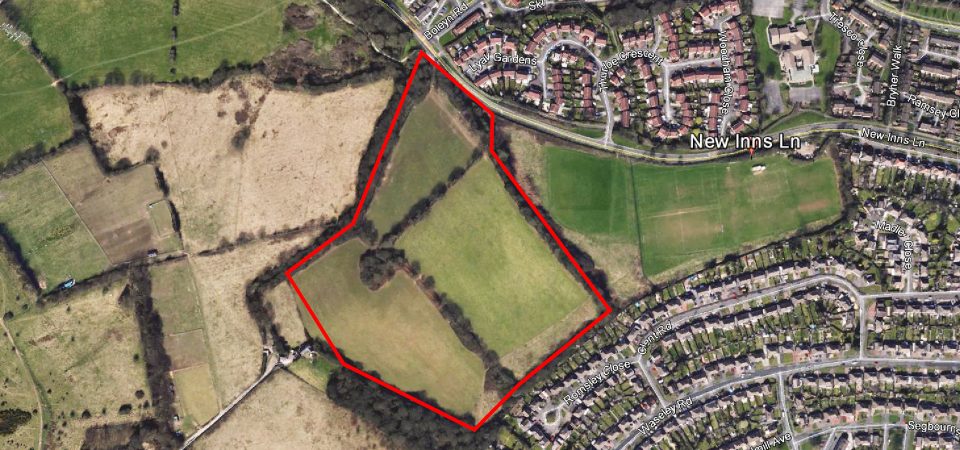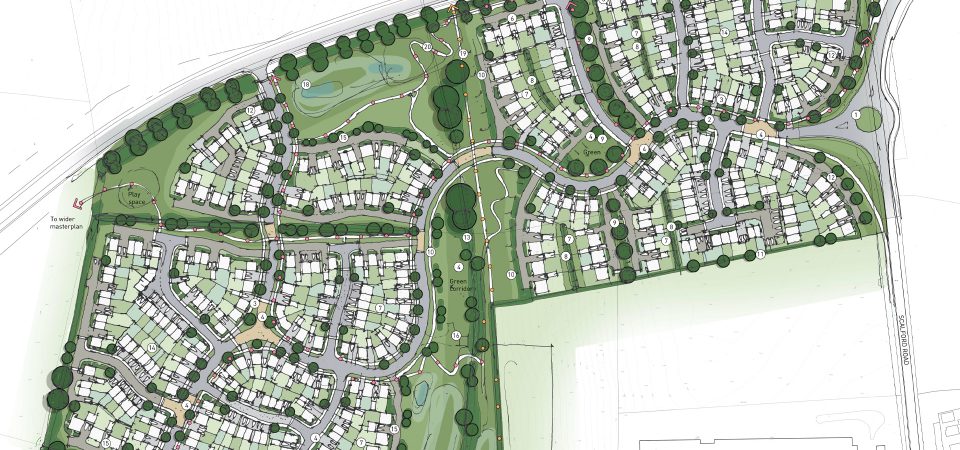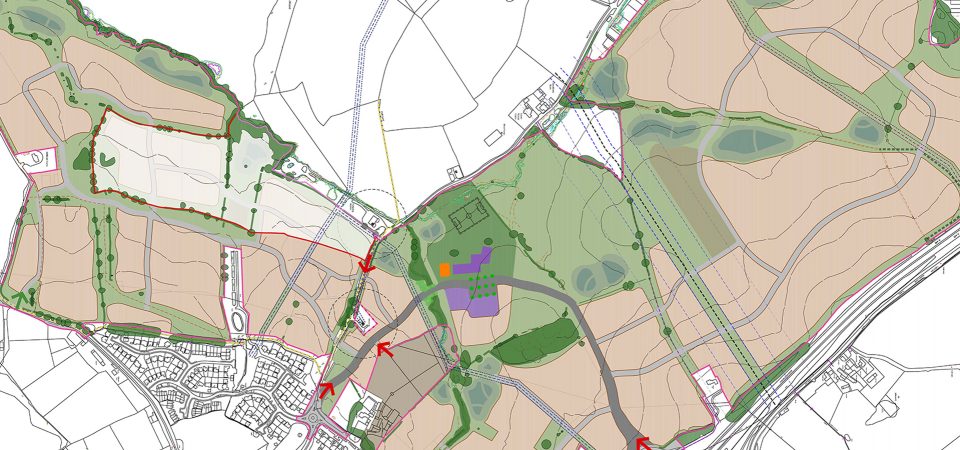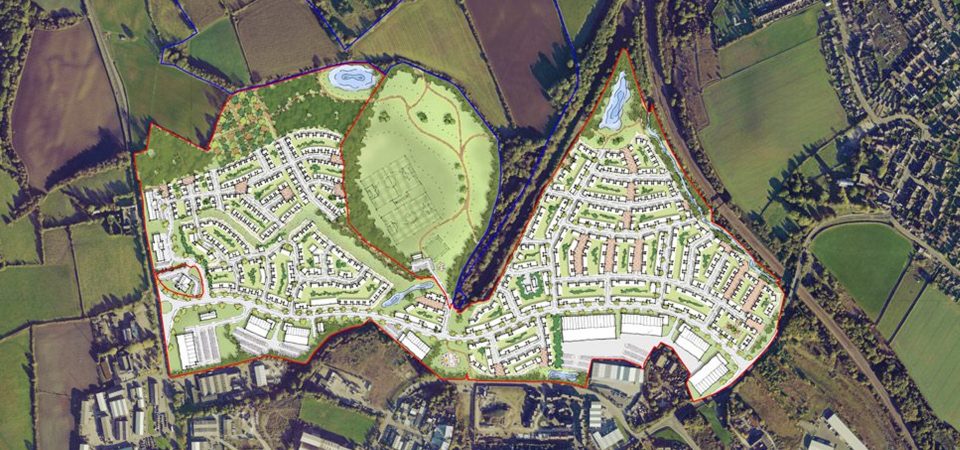PJA was commissioned by Southampton City Council to review cycle facilities and routes across the whole of the city.
As part of the brief, two locations in particular were deemed to be best suited to microsimulation modelling using VISSIM, due to either the complex nature of the junction, or the presence of variable linked signals, which standalone junction modelling software is unable to accurately model.
The first model, of the Bullar Road gyratory in the east of the city, was adapted from a larger dynamic assignment model produced for Highways England (HE). The model was then cut down and converted to static traffic assignment to allow quicker model run time and ease of use when testing any future schemes. A calibration/validation process ensured that the cordoned model was still representative of the approved HE model.
A second model, covering a section of Winchester Road in the north of the city was also required. This model was constructed from scratch, following a detailed data collection exercise with a particular focus on pubic transport dwell times. As there is existing provision for cyclists at the junction, it was also important that the effects of this infrastructure was captured in the base model, as this was one of the key reason for using microsimulation software.
Preliminary traffic engineering drawings were then produced for both sites, with a strong emphasis on enhancing the walking and cycling environment, and providing a legible route through the city.
The results, (including delay, queue lengths and vehicle travel times) of each model were analysed to identify the impacts of the scheme, with the findings presented to the client.
A collaborative approach between modelling and design was then adopted, with a careful balance between achieving the key aims of the scheme and retaining safe operation of the highway network. Traffic signal operation was a key element of both schemes, with a reduction in road space available for vehicles requiring updated VisVAP logic to maximise traffic capacity.
Separate reports have been produced, detailing the calibration/validation process, construction of the future year models, and respective results of the schemes. These reports will then inform discussions with relevant stakeholders and ensure that a clear picture of the likely impact of the schemes can be presented.
